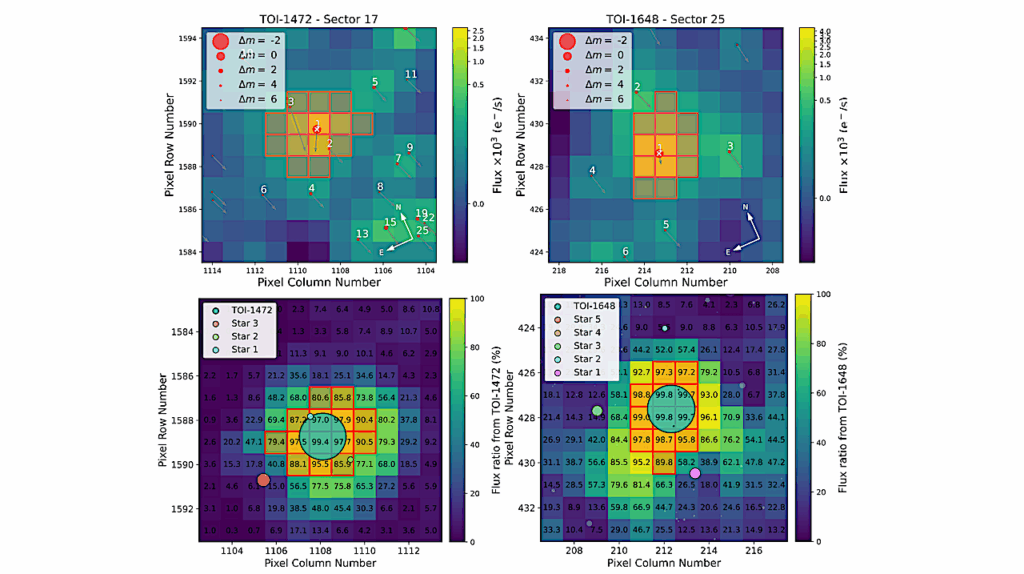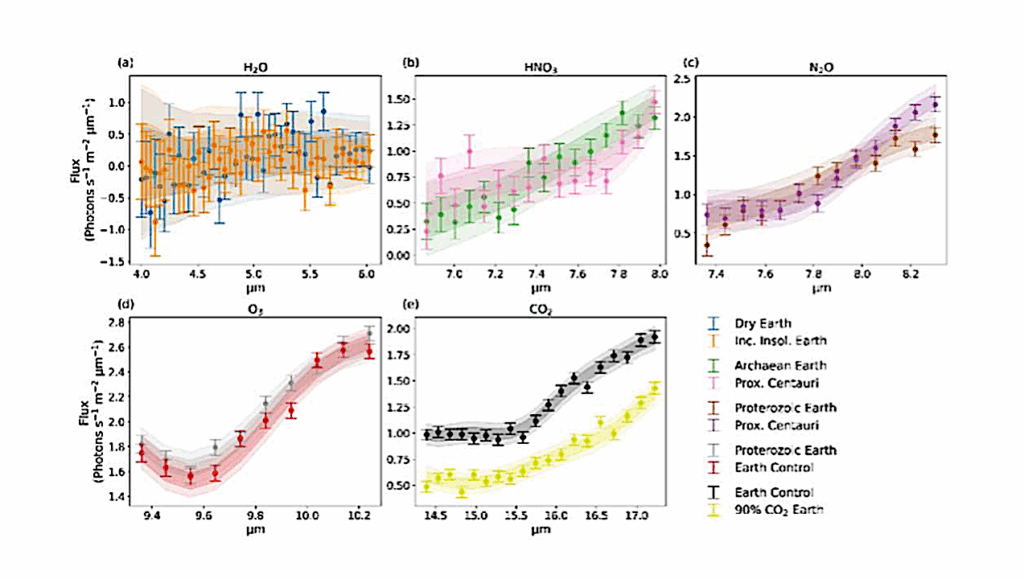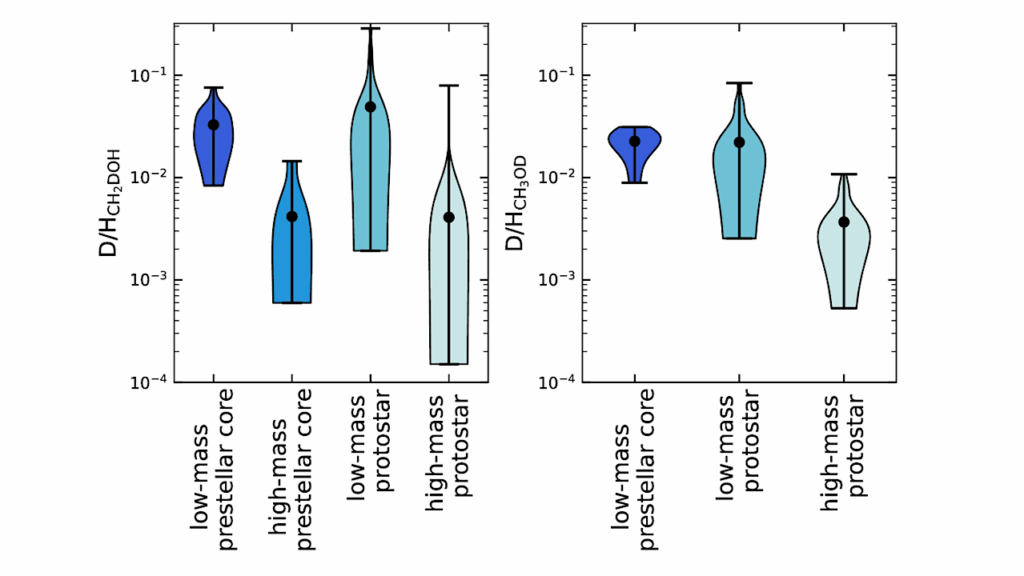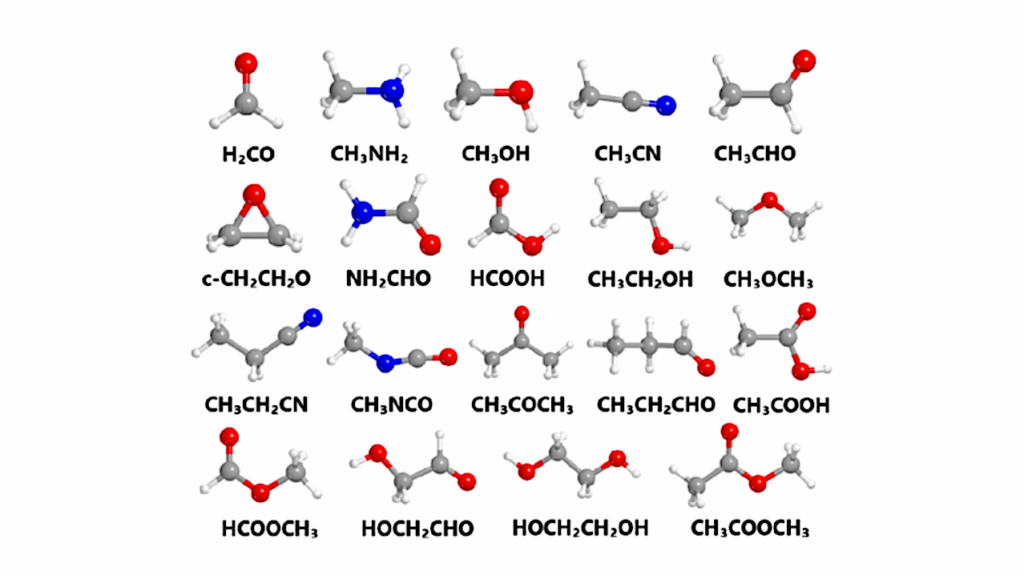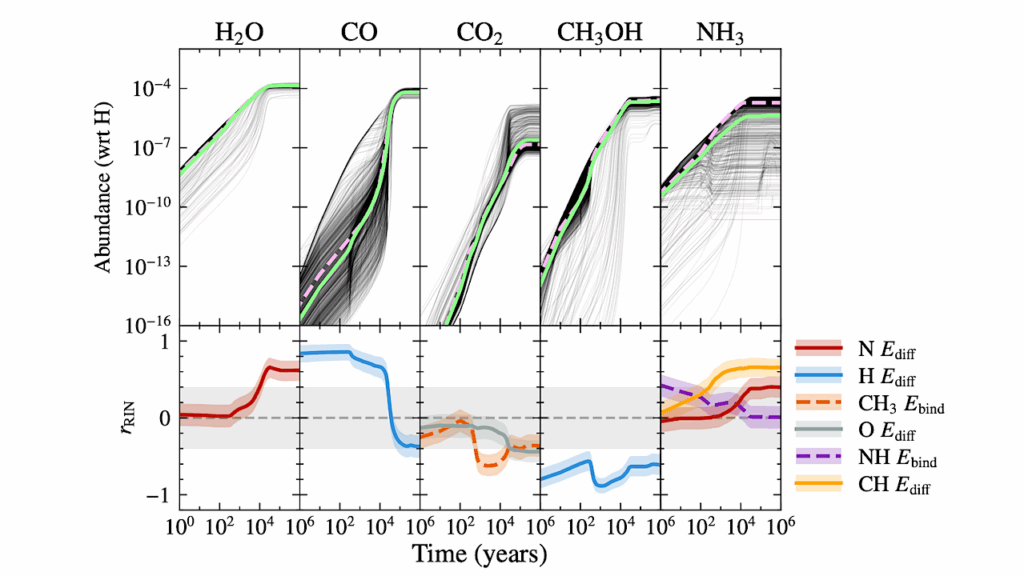Vortex Fiber Nulling for Exoplanet Observations: First Direct Detection of M Dwarf Companions around HIP 21543, HIP 94666, and HIP 50319
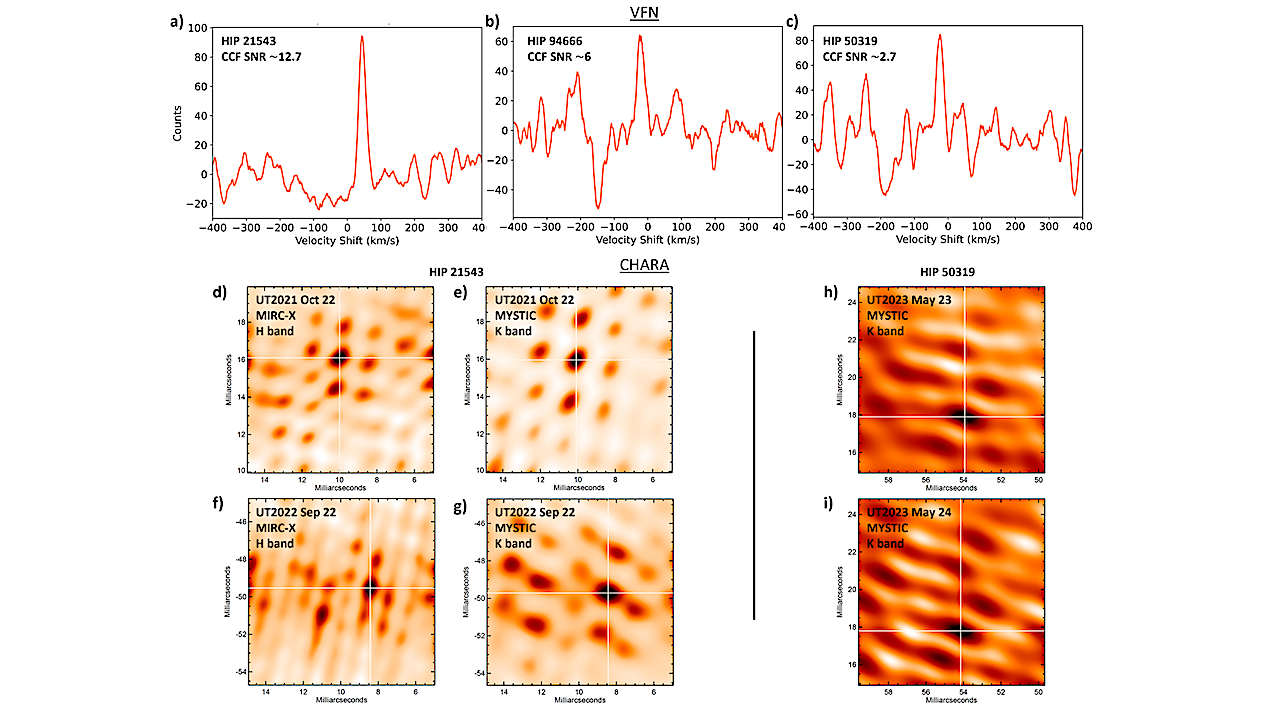
Vortex fiber nulling (VFN) is a technique for detecting and characterizing faint companions at small separations from their host star.
A near-infrared (∼2.3μm) VFN demonstrator mode was deployed on the Keck Planet Imager and Characterizer (KPIC) instrument at the Keck Observatory and presented earlier. In this paper, we present the first VFN companion detections.
Three targets, HIP 21543 Ab, HIP 94666 Ab, and HIP 50319 B, were detected with host-companion flux ratios between 70 and 430 at and within one diffraction beamwidth (λ/D). We complement the spectra from KPIC VFN with flux ratio and position measurements from the CHARA Array to validate the VFN results and provide a more complete characterization of the targets.
This paper reports the first direct detection of these three M dwarf companions, yielding their first spectra and flux ratios. Our observations provide measurements of bulk properties such as effective temperatures, radial velocities, and vsini, and verify the accuracy of the published orbits. These detections corroborate earlier predictions of the KPIC VFN performance, demonstrating that the instrument mode is ready for science observations.
Daniel Echeverri, Jerry W. Xuan, John D. Monnier, Jacques-Robert Delorme, Jason J. Wang, Nemanja Jovanovic, Katelyn Horstman, Garreth Ruane, Bertrand Mennesson, Eugene Serabyn, Dimitri Mawet, J. Kent Wallace, Sofia Hillman, Ashley Baker, Randall Bartos, Benjamin Calvin, Sylvain Cetre, Greg Doppmann, Luke Finnerty, Michael P. Fitzgerald, Chih-Chun Hsu, Joshua Liberman, Ronald Lopez, Maxwell Millar-Blanchaer, Evan Morris, Jacklyn Pezzato, Jean-Baptiste Ruffio, Ben Sappey, Tobias Schofield, Andrew J. Skemer, Ji Wang, Yinzi Xin, Narsireddy Anugu, Sorabh Chhabra, Noura Ibrahim, Stefan Kraus, Gail H. Schaefer, Cyprien Lanthermann
Comments: 13 pages, 2 figures; Accepted to ApJ Letters
Subjects: Earth and Planetary Astrophysics (astro-ph.EP); Instrumentation and Methods for Astrophysics (astro-ph.IM)
Cite as: arXiv:2403.17295 [astro-ph.EP] (or arXiv:2403.17295v1 [astro-ph.EP] for this version)
Submission history
From: Daniel Echeverri
[v1] Tue, 26 Mar 2024 00:46:34 UTC (5,523 KB)
https://arxiv.org/abs/2403.17295
Astrobiology



